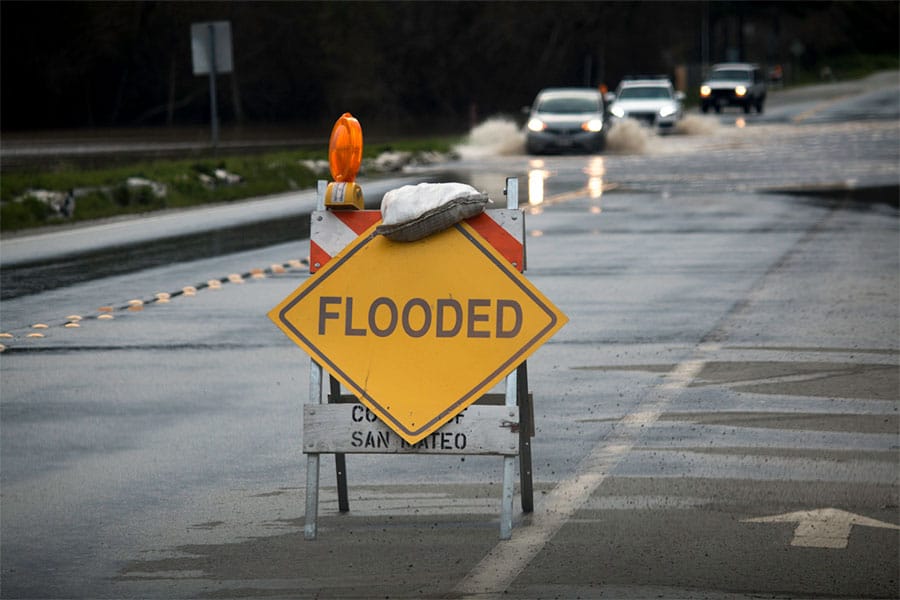Flash flooding can happen anywhere, from Arizona’s deserts to New York City’s boroughs. This flooding is characterized by a significant inpouring of moisture in a short period, where standard flooding prevention methods can be overwhelmed by the sheer volume of water flowing into an area. Flash floods can destroy infrastructure, damage property, and are one of the deadliest natural disasters we combat today. Whether you are plagued by snowmelt runoff, rapidly forming monsoons, or a devastating hurricane, you will want to protect your home from floodwaters. Here are a few tips on giving your property the best chance of surviving a flash flood unscathed.
Ensure Your Safety First
When your local forecasting station issues flash flooding warnings, your main priority should be protecting yourself and anyone else in your household. The most critical steps to safeguard yourself include the following:
- Stay Informed – Keep yourself informed about developing weather through television, the internet, or even your car radio if other options are unavailable.
- Get to Higher Ground – If your property is at the bottom of a hill or an area prone to flooding, the best way to avoid the water is to get above it and allow gravity to prevent higher elevations from flooding.
- Have Emergency Supplies on Hand – Keep things such as a first aid kit, portable heating elements, weather-appropriate clothing, and even portable electric generators within easy reach to respond quickly.
- Make a Family Emergency Plan – Flash floods can manifest in mere moments. Having everyone on the same page with a premade strategy will help ensure the safety of your household.
Prepare Before The Storm
When your safety is secured, your next concern will likely be your property and possessions. While any house built to code can cope with a couple of inches of water, a flash flood may tear through the natural defenses of four walls and a well-sealed door. Some of the best water damage prevention methods are as follows:
- Inflatable Cofferdams: If you live near a river or any other water source, an inflatable cofferdam can prevent water from overflowing or flowing altogether. An inflatable dam can cover various sizes, from a thin, dry river bed to surrounding your entire house. Portable cofferdams are easy to set up, lower cost than permanent damming options, and can be removed once the threat of flooding has passed.
- Sandbags: An older but effective method of flood prevention is stacking sandbags along the water’s path. Cheap and easy to produce, sandbagging can help limit water, although they are far from watertight, and the relatively light weight of the bags can be overwhelmed by rushing floods.
- Clean Gutters and Drains: Your gutters and drains are essential tools built into your home to help mitigate water intrusion. Ensure you keep your gutters and drains free from debris. Further, a flash flood can bring large amounts of material along with the water, quickly overwhelming or plugging up all but the largest drain pipes.
- Clear Away Snow and Ice: Snow buildup and ice can increase the chance of damage from flooding, making it difficult to evacuate if needed.
- Put Up Your Stuff: Place anything worth keeping dry above ground. If water is likely to enter your home, you should prepare by placing large appliances on cinderblocks and smaller objects atop counters or within shelving.
Protect Your Home with An Inflatable Cofferdam from Dam-It-Dams
An inflatable dam can bring peace of mind and stop floodwaters before they become a problem. Call us at 810-695-1695 today and consult an expert on how to protect your home from flash flooding.


